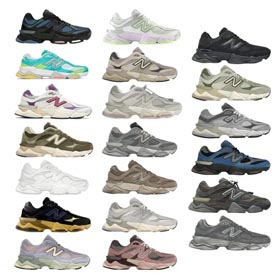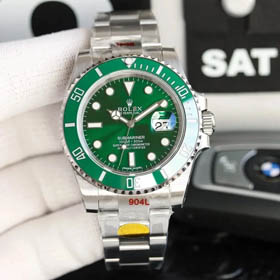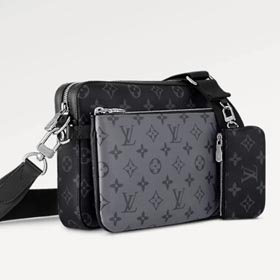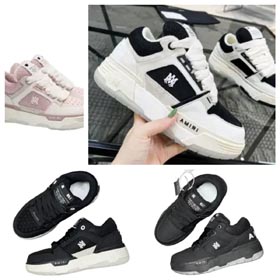Founded in 1856 by Thomas Burberry, Burberry
From Humble Beginnings to Global Prominence
At age 21, Thomas Burberry opened his eponymous shop in Basingstoke, specializing in durable outerwear. His breakthrough came in 1879 with the invention of gabardine, a breathable, weatherproof fabric that revolutionized raincoats. By the 1890s, Burberry gained recognition among explorers—the most famous being Sir Ernest Shackleton, who wore Burberry during his Antarctic expeditions.
The brand's Trench Coat, originally designed for British military officers in World War I, became a civilian staple post-war. Features like epaulettes and D-rings retained their functionality while evolving into style statements. By the mid-20th century, Burberry's product range
Reinvention in the 21st Century
The late 1990s saw a decline in exclusivity due to overexposure of the check pattern. Burberry’s turnaround began under CEO Angela Ahrendts (2006–2014), who rebalanced accessibility and prestige. Collaborations with influencers and digital-first strategies—like live-streaming runway shows—rejuvenated its image. The brand also refreshed its logo in 2018 under Riccardo Tisci’s creative direction, uniting heritage codes with streetwear appeal. Burberry’s recent commitments to sustainability and localized craftsmanship further enhance its contemporary relevance.
“What really fuels a brand is that first love feeling—people who discover it and interpret it in their own way,” said Tisci in a Vogue interview.
Signature Offerings and Cultural Footprint
- The Trench Coat
- Iconic checks adorn accessories and ready-to-wear collections, subtly updated to align with current trends.
- Limited-edition capsules and runway collections (e.g., Olympia-inspired ’22 line) reinforce Burberry’s fusion of tradition and avant-garde experimentation.




















